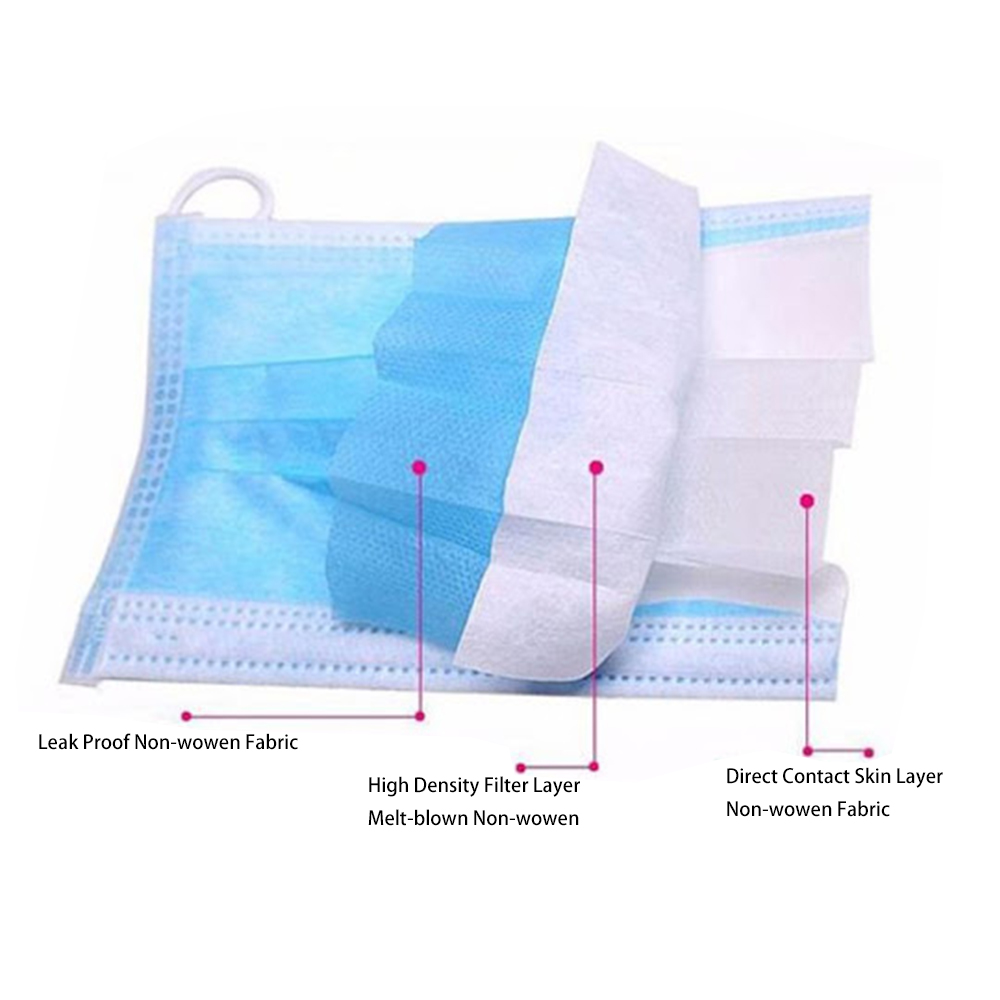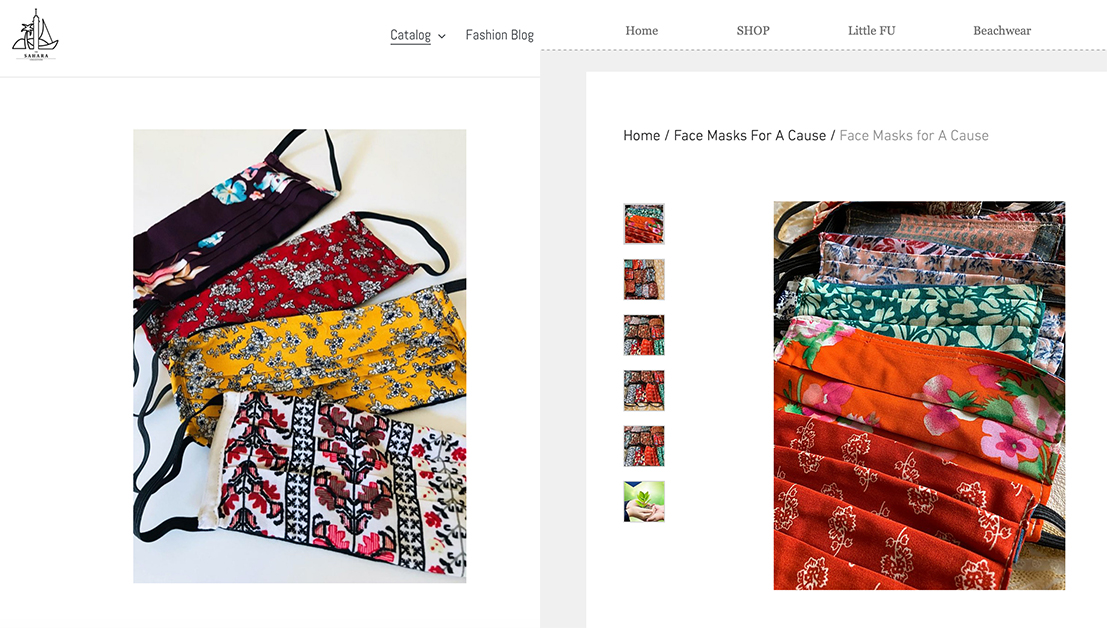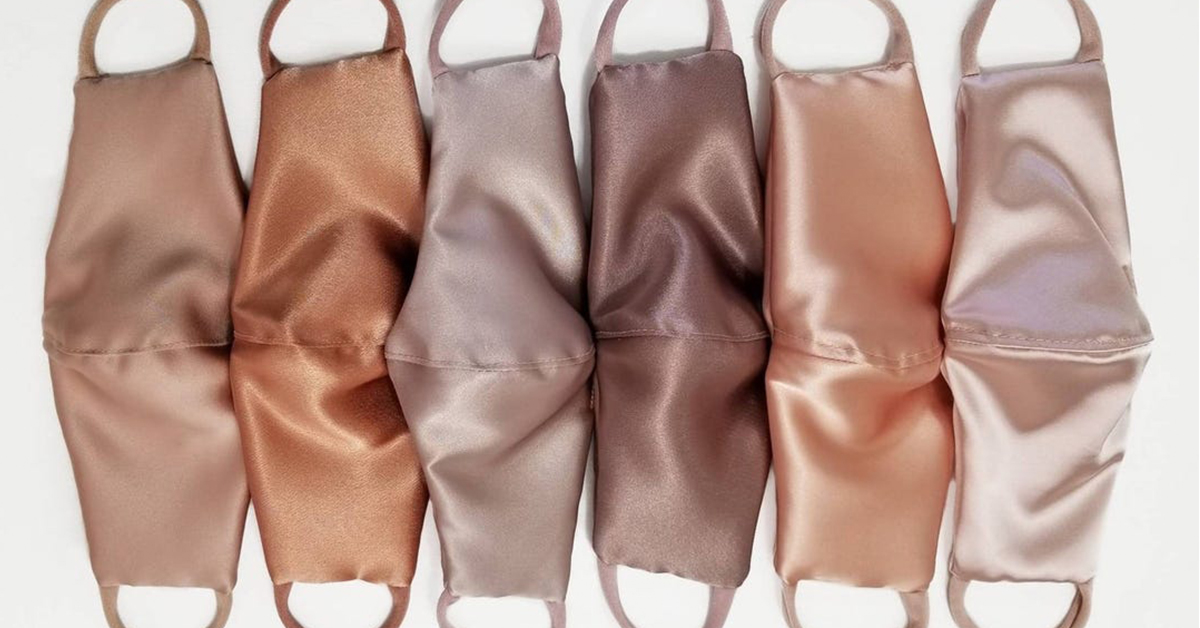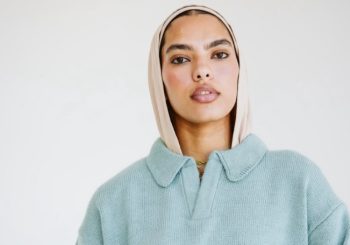What started as a mere method of protection against COVID-10 (coronavirus), has turned into the fashion world’s latest trend. Face masks have been steadily gaining popularity, primarily for the purpose of protection and decreasing one’s chances of catching COVID-19, and now as somewhat of a form of creative expression as well.
Although a number or fashion brands started making face masks with scraps of leftover fabric and the intention of filling a gap in the market when these masks were most needed, the making of face masks by some brands seems to have evolved into more of a fashion ‘trend’ these days.
There are of course a number of benefits to purchasing some of these masks however, one of the main ones being the fact that they are washable and re-usable.
With statements regarding the importance of face masks having changed a number of times, ultimately it is encouraged to wear face masks in public spaces and has even been made mandatory in Egypt since May 30.
With a new law such as this, comes a new and higher demand for what was once deemed only necessary for doctors (pre-coronavirus times). As such, even local brands have started creating and selling face masks – but as face masks shift their position in the consumer market, this puts into question how effective these branded or fashionable masks really are, and whether or not their purpose will gradually be forgotten.
How Effective are ‘Fashionable’ Face Masks
Since April – and perhaps even late March – the global demand for face masks has skyrocketed. So much so that according to an article on Forbes, Etsy (an e-commerce website) face mask sales increased drastically in early April. The article states, “Since the CDC’s announcement, Etsy has sold hundreds of thousands of masks, with over 10,000 sellers making at least one mask sale in the last week.”
With more and more fashion brands adding face masks to their clothing range however, one might wonder how effective they really are. According to the Centre of Disease Control and Prevention (CDC), a cloth face covering is encouraged and there is even a section on their website that shows people how to make one’s own face mask at home.
On the CDC’s official website they state, “a cloth face covering may not protect the wearer, but it may keep the wearer from spreading the virus to others.” And so, perhaps the disposable surgical masks most people have been donning may not necessarily be too different than simply wearing a cloth face mask… however, there are certainly a number of design aspects to keep in mind.
Surgical masks are usually three-ply (made up of three layers), and this three-ply material is made up of a melt-blown polymer (the middle layer), placed between two non-woven fabrics. This middle material is what acts as the filter that stops microbes or bacteria from entering or exiting the mask.

In addition to the filtration layer that can be found in most surgical masks, pleats may also come in handy when it comes to the expansion of the mask in order to fit one’s face properly and entirely from nose to chin. The material from which masks are made from is also important, as some materials (such as cotton) may work better than others – a very important aspect is that they must be breathable.
Feel Good, but Remember the Purpose
During such uncertain and stressful times, perhaps making the most out of the given situation is necessary. If one must now wear a mask out in public by law, then why not wear a mask that ones feels both protected and good in? As the face mask becomes a necessary part of our daily attire, why not express ourselves through it as we do with the rest of our outfit?

Global and local fashion brands alike may somewhat be giving people a sense of relief, as they provide face masks that are slightly more ‘inviting’. However, these masks’ purpose must not be forgotten along the way, and certain design aspects may still be necessary to take into consideration.
While some brands may simply be ‘hopping on the band wagon’ for the purpose of staying on par with the latest trends and making sales, others (especially smaller local businesses) seem genuinely keen on helping their communities. It is important to distinguish between the two, so as not to allow PPE wear to turn into a mere fashion commodity.
Face Masks and the Egyptian Population
Ever since the new mandatory law regarding face masks in Egypt has been in effect, Egyptians everywhere seem to have embraced this new way of life and adapted to the situation at hand.
What is most noticeable however, is the fact that many Egyptians have been seen making their own masks, as well as opting for re-usable cloth ones ones rather than the disposable surgical ones. Even though disposable masks have now been made available at relatively cheaper prices, the demand for reusable masks has gotten to be higher.
According to an article on Ahram Online about the production of cloth masks in Egypt, “Egypt’s trade and industry minister Nevine Gamea said on Sunday that over 100 textile factories will start within days manufacturing reusable cloth face masks, to produce 8 million masks per month in the initial phase with the goal of producing up to 30 million masks per month later on.”






Comments (2)
[…] to the covid-19 pandemic, the consumption of face masks was increased at an aggressive level and we ran out of stocks. Since late March and April, […]
[…] From Protection to Fashion: How the Face Mask has Evolved from PPE Wear to a Fashion Statement […]